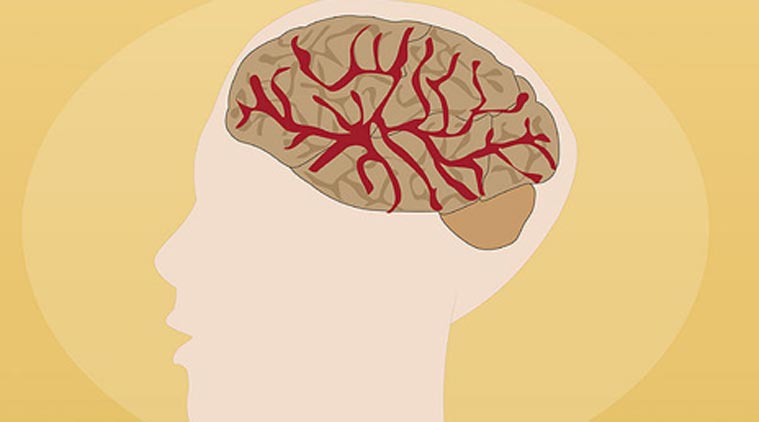Emotional brains physically different from rational ones, reveals study
They examined the extent to which grey matter density in 176 participants predicted their scores on tests that rated their levels for cognitive empathy compared to affective or emotional empathy.
 The study looked at whether people who have more brain cells in certain areas of the brain are better at different types of empathy.(Source: wikiHow)
The study looked at whether people who have more brain cells in certain areas of the brain are better at different types of empathy.(Source: wikiHow)
Researchers have found physical differences in the brains of people who respond emotionally to others’ feelings, compared to those who respond more rationally.
The study looked at whether people who have more brain cells in certain areas of the brain are better at different types of empathy.
[related-post]
The work, led by Robert Eres from the Monash University’s School of Psychological Sciences, pinpointed correlations between grey matter density and cognitive and affective empathy.
“People who are high on affective empathy are often those who get quite fearful when watching a scary movie, or start crying during a sad scene. Those who have high cognitive empathy are those who are more rational, for example a clinical psychologist counselling a client,” Eres said.
The researchers used voxel-based morphometry (VBM) – a neuroimaging analysis technique that allows investigation of focal differences in brain anatomy, using the statistical approach.
They examined the extent to which grey matter density in 176 participants predicted their scores on tests that rated their levels for cognitive empathy compared to affective or emotional empathy.
The results showed that people with high scores for affective empathy had greater grey matter density in the insula, a region found right in the ‘middle’ of the brain.
Those who scored higher for cognitive empathy had greater density in the midcingulate cortex – an area above the corpus callosum, which connects the two hemispheres of the brain.
“Taken together, these results provide validation for empathy being a multi-component construct, suggesting that affective and cognitive empathy are differentially represented in brain morphometry as well as providing convergent evidence for empathy being represented by different neural and structural correlates,” researchers said.
The discovery raises new questions – like whether peoplecould train themselves to be more empathic, and would those areas of the brain become larger if they did, or whether we can lose our ability to empathise if we don’t use it enough.
“In the future we want to investigate causation by testing whether training people on empathy related tasks can lead to changes in these brain structures and investigate if damage to these brain structures, as a result of a stroke for example, can lead to empathy impairments,” said Eres.
Photos



- 01
- 02
- 03
- 04
- 05























